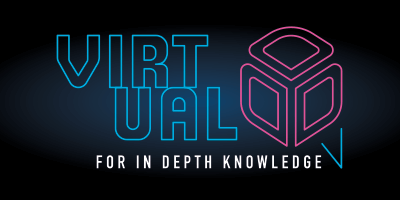
by Organisers @virtualddd | Oct 23, 2025
Use your organisational, political, or social capital to amplify and support a decision made by the team. This involves publicly echoing the decision and providing supplementary data or context that reinforces its validity. This strengthens the team's autonomy...

by Organisers @virtualddd | Oct 23, 2025
Augment formal decision records, like ADRs, with qualitative data about the human element. Include fields for the team's sentiment, confidence level, or readiness to commit to the decision. This provides crucial context for future reviews and helps gauge the true...

by Organisers @virtualddd | Oct 23, 2025
In a leadership role, consistently choose to support and trust the team, even when it conflicts with hierarchical pressure. This builds psychological safety and empowers the experts closest to the work to make effective decisions. Losing the team's trust is a far...

by Organisers @virtualddd | Oct 23, 2025
Apply flow metrics to the decision-making process itself to identify systemic issues like paralysis or weaponisation. Track metrics such as: Decision Frequency: How many decisions are we making per month? Decision Lead Time: How long does it take from identifying a...

by Organisers @virtualddd | Oct 23, 2025
Leaders should facilitate and enable team decision-making rather than intervening to solve the problem themselves, if there even is a problem, because often the team doesn’t experience one themselves. Taking over decisions, even with good intentions, creates a cycle...






